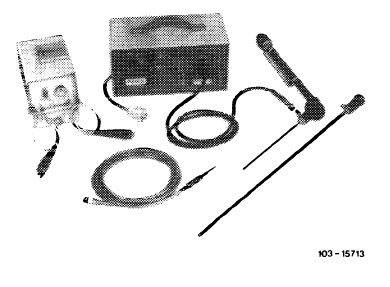Evaluating cylinder bores
|
Conventional tool
|
|||
|
|
|||
|
Cylinder illuminating lamp
|
e.g. made by Karl Storz GmbH, 7200 Tuttlingen Motoskop TW (cold light) with lens attachment 210 mm long.
|
||
|
|
|||
|
Note
|
|||
|
|
|||
|
Visual inspections can be made with a cylinder illuminating lamp on mounted cylinder head.
When illuminating because of oil consumption or blue smoke, run engine warm, shut off and illuminate cold, or immediately following deceleration (coasting).
|
 |
||
|
|
|||
|
When evaluating scored or streaky cylinder walls, it is often no easy job for a workshop to decide whether the respective damage is bad enough to require removal of engine or repairs, or whether the marks are insignificant. The following information will help in making an expert and correct decision.
|
|||
|
|
|||
|
With regard to marks on cylinder walls the first important difference is between „optical streaks” and „seizure streaks”. In most cases „optical streaks” are about 3 mm wide, they are produced by the piston ring gaps and the honing structure will still be visible; while „seizure streaks” will obliterate the honing structure.
„Longitudinal streaks” (in piston pin direction) are not the result of shaft scratches or seizure, since there is no contact between piston skirt and cylinder wall.
|
|||
|
|
|||
|
01.2-020/1 F3
|
|||
Poprzedni
Checking cylinders for leaks
Nowsze